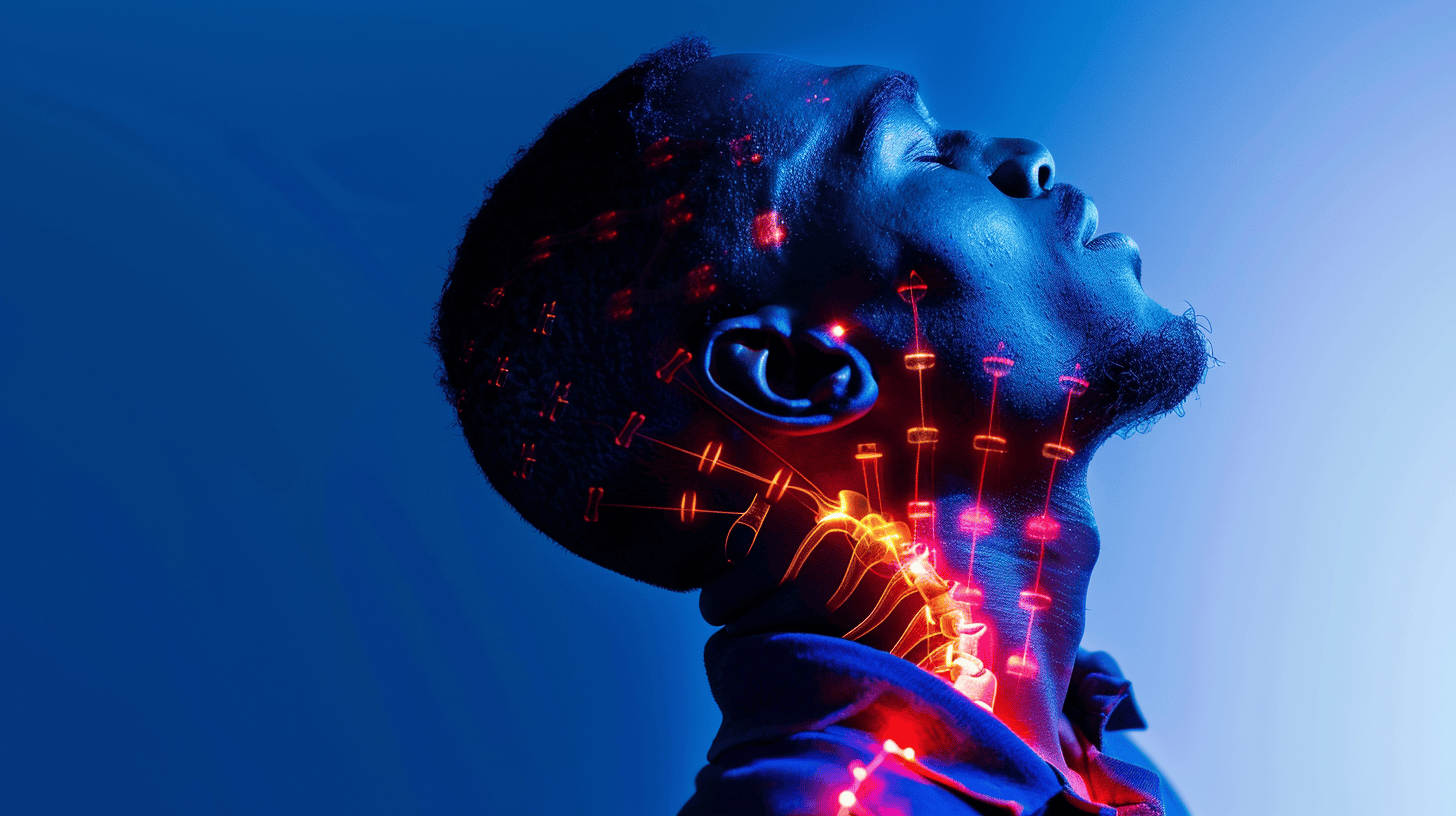
Chronic pain is a form of long-standing pain that persists beyond the recovery period or occurs along with a chronic health condition, such as arthritis—the swelling and tenderness of one or more joints. In the Netherlands, 20% of the population suffers from chronic pain, which often defies treatment. Surgery and physiotherapy are some of the available therapy options, yet they often fall short of improving patients’ conditions. Neurostimulation therapy offers new hope, as shown by recent research conducted at the Radboud University Medical Center (Radboudumc).
Why this is important:
As the population ages, more and more people will be affected by chronic pain conditions. Neurostimulation is standing out as an innovative solution.
How does neurostimulation work?
Neurostimulation therapy offers new hope for those grappling with chronic pain. By targeting the nervous system, this treatment employs low-voltage electrical impulses to disrupt pain signals before they reach the brain. The mechanism is founded on the gate control theory of pain, which postulates that certain nerve fibers can inhibit pain sensation. It’s not just about blocking discomfort; neurostimulation can potentially retrain the nervous system to stop recognizing pain signals over time, an invaluable feature for chronic pain sufferers.
The implantation process involves inserting thin, insulated wires connected to the patient’s spinal cord or specific peripheral nerves. These wires, or leads, are the conduits for the electrical pulses that offer patients respite from their persistent pain. Notably, a 2020 systematic review found that most studies concluded patients experienced significant pain reduction thanks to neurostimulation.
The Radboud leap
Radboudumc’s research focused on developing closed-loop systems, representing a significant leap forward in pain management technology. These advanced systems can self-adjust the intensity of electrical pulses based on the patient’s activity, providing a stable stimulation level regardless of movement. This feature was notably implemented in the Radboudumc system, where the first patient to receive a new stimulator with a surgical paddle lead reported a marked decrease in pain.
The miniaturization of devices has also improved patient comfort. The latest neurostimulators are the thinnest available, barely noticeable under the skin. Furthermore, compatibility with MRI scans ensures that patients have access to essential diagnostic tools without the need to remove the implant.

Trial before commitment
One of the most patient-friendly aspects of neurostimulation therapy is the option for a trial period. Before undergoing permanent implantation, patients can test-drive a temporary system. This unique benefit allows individuals to experience the potential relief offered by the treatment without making an immediate long-term commitment. It also provides an opportunity for healthcare providers to assess the effectiveness of the therapy for each individual’s specific pain condition.
This trial phase is precious, considering that chronic pain, defined as pain persisting longer than 12 weeks, can stem from various sources, including injury or illness. The ability to personalize treatment through trial stimulations ensures a higher likelihood of success and patient satisfaction.
Benefits and considerations
The benefits of neurostimulation are multifaceted. Patients often report reduced pain, decreased reliance on oral medications, and an enhanced ability to engage in daily activities due to lower pain levels. The improvement in quality of life is palpable, granting patients a sense of control over their pain that might have seemed unattainable.
Moreover, the therapy is easily reversible; should it prove ineffective or no longer needed, the system can be removed. The devices can also be adjusted to cater to changing pain levels, ensuring that the patient’s needs are consistently met. However, it is essential to consider the potential risks associated with the procedure, such as scar tissue formation, lead displacement, hardware failure, and infection. Although rare, these complications necessitate a thorough discussion between patient and physician before proceeding.

Long-term efficacy
One of the critical concerns with any treatment for chronic conditions is its long-term efficacy. While initial pain relief can be significant, treatments like neurostimulation may become less effective as the body adapts. Nevertheless, for many, the therapy has provided sustained relief, helping to reduce long-term reliance on pain medication. It’s an ongoing process of managing expectations and adjusting treatment plans as necessary.
Ultimately, the success of neurostimulation therapy hinges on careful patient selection, thorough trials, and meticulous follow-up. With these elements in place, the therapy offers a promising addition to the pain management toolkit. Innovations like closed-loop neurostimulation are set to enhance the lives of chronic pain sufferers further, heralding a future where pain does not dictate the bounds of one’s life.

